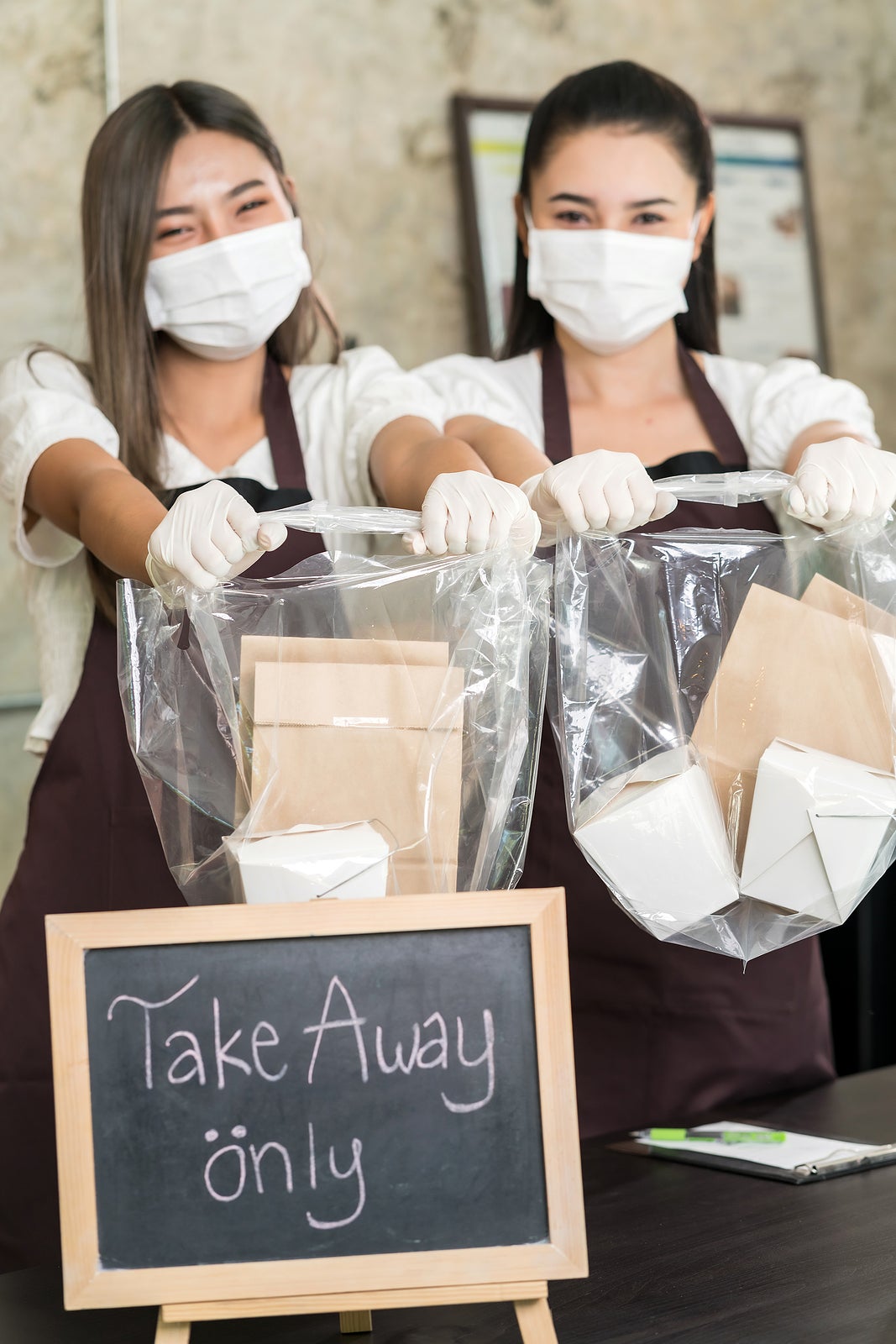
To keep customers and employees safe during the pandemic, a massive number of businesses started to offer curbside services.
These operations — in the form of curbside service at restaurants and pickup at grocery stores — allow customers to shop from home, then pick up the goods they’ve ordered from a business without having to leave their car.
Now, it seems like these offerings might stick around well into the future.
While hugely convenient for customers, curbside services can be a bit of a challenge to implement. If you want to offer curbside operations or better support the curbside options you already have in place, there are a few steps you should follow to ensure smooth service.
1. Start With Point of Sale Tech
Curbside pickup is a great example of an omnichannel strategy that relies on the integration of online tech and brick-and-mortar operations.
Your online ecommerce technology needs to be a good fit for curbside service, but you may not need to adopt any new tech. Many major ecommerce platforms — like Shopify and BigCommerce — offer support and documentation for businesses wanting to offer curbside pickup.
There are also a number of buy online, pickup in-store platforms that also support curbside operations.
Once you’ve settled on the platform you’ll use, you’ll need to configure it to meet the needs of your business.
The basic flow of curbside service starts with the customer placing their order using a form on a business’s online storefront.
Most online pickup order forms ask for some or all of the following info:
- The items they’re ordering
- Billing information, including name and address
- How much they want to tip
- When they want to pick up their order
- A callback number
- The make, model and color of their car
This info helps ensure that the business can fulfill a curbside order when a customer arrives, and that they know when to expect the customer.
The online ordering form you provide customers should ask for all the information that you need to fulfill their order. This will ensure that once a customer arrives, all they’ll need to do is check in or call for your team to bring out their order. Ideally, they won’t need to provide any extra info — or do anything beyond pop their trunk or roll down a window.
With this info, you can make the pickup process as smooth as possible for both your team and your customers.
Ideally, the ecommerce platform you’re using will also be integrated with your brick and mortar inventory systems so that, for example, customers can’t order items that are out of stock.
2. Set Up a Specific Pick-up Area
To help make the pickup process as frictionless as possible, you can also designate a specific pickup area.
It’s best to mark this area visually with signs and traffic markings. Mentioning the location of the pickup area in a confirmation email or text can also help customers find where they need to go to pick up an order.
It’s important that you choose your pickup area carefully and provide enough parking to support the number of pickup orders you receive.
Small changes to the design of your pickup area can make a big difference when it comes to customer experience. For example, a business may want to emulate effective drive-thru design by providing plenty of shade and rain protection for their pick-up area. This will help no matter the weather.
Including information about the pickup process in a confirmation email — like if they need to check in with a call when they arrive at the pick-up area — can also help smooth out the pickup process.
You may also want to include info about the pickup area on your website, along with any other curbside information that will help customers understand the ordering process and how to pick up their orders.
3. Start Small and Ramp Up
If your business doesn’t already offer curbside pickup or similar options, it’s best to start small. When implementing curbside pickup, many businesses start with simple offerings, then ramp up over time.
For example, you may experiment with limited curbside pickup slots, or limit the services you can order with curbside pickup.
This ramp-up period will give you a chance to experiment with your ecommerce platform’s pickup options and work out any kinks in the pickup process. It will also help you estimate future demand for pickup services — giving you better information on how much parking space to allocate for curbside orders, for example.
4. Plan for Edge Cases
Not every order will go perfectly. Items in an order can become unavailable between ordering and pickup. Sometimes, customer requests won’t always be clear or possible to fulfill.
It’s a good idea to have some kind of plan in place for how you’ll handle your curbside pickup edge cases.
For example, you may have employees pull ordered items off the shelves and hold them until a customer arrives. You might also set up your online ordering to ask customers if they’re fine with substitutions. If so, your employees can swap out unavailable items for similar ones if needed.
Asking for a callback number with an order can also help you handle any issues that may arise. For example, employees can call a customer to ask for clarifications on an order, or follow up in case a customer never arrives.
Streamlining Your Business’s Curbside Services
Curbside services are an increasingly popular way for businesses to make shopping even more convenient. When implementing curbside services, it’s important to keep in mind the platform you use and the pitfalls you may run into.
Starting small and expanding your service over time can help you know how to best support your business’s curbside operations.
2919 Views












